Table of Contents
Ceylon cinnamon is safer for daily consumption due to its minimal coumarin levels, while Cassia cinnamon delivers a bold, spicy flavor ideal for savory dishes. This guide, based on expert recommendations from the U.S. Food and Drug Administration (FDA) and European Food Safety Authority (EFSA), details the key differences to help you choose the right cinnamon for your needs.
Key Differences Between Ceylon and Cassia
| Feature | Ceylon Cinnamon | Cassia Cinnamon |
|---|---|---|
| Origin | Sri Lanka | Indonesia, China, Vietnam |
| Appearance | Thin, curling sticks with a light brown color | Thicker, harder sticks with a darker, reddish-brown hue |
| Flavor | Milder, sweeter, and more delicate | Bolder, spicier, and more intense |
| Oil Content | Lower oil content | Higher oil content |
| Coumarin Content | Less than 0.017% (safe for regular use) | Up to 6.97% (potential liver risk with excess) |
| Use Cases | Baking, desserts, delicate dishes | Savory dishes, meats, strong-flavored recipes |
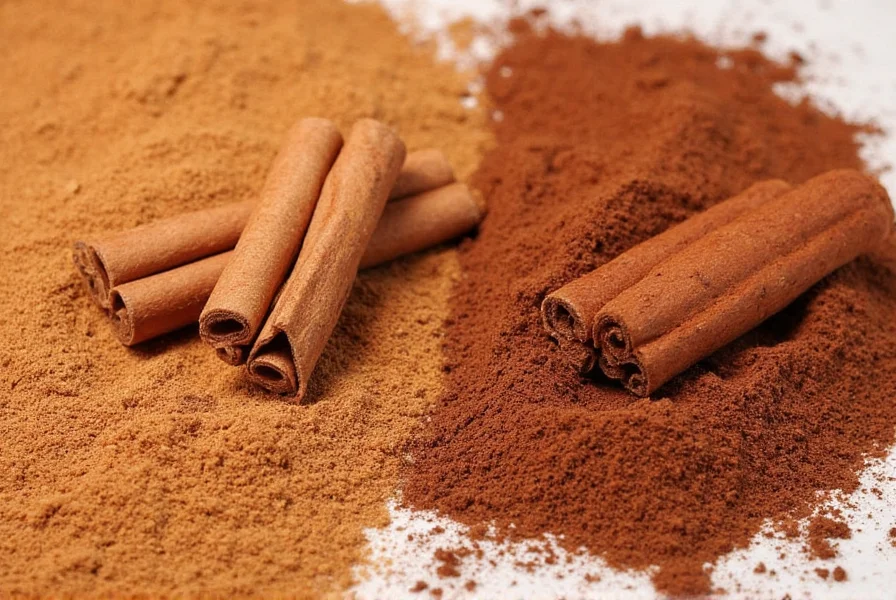
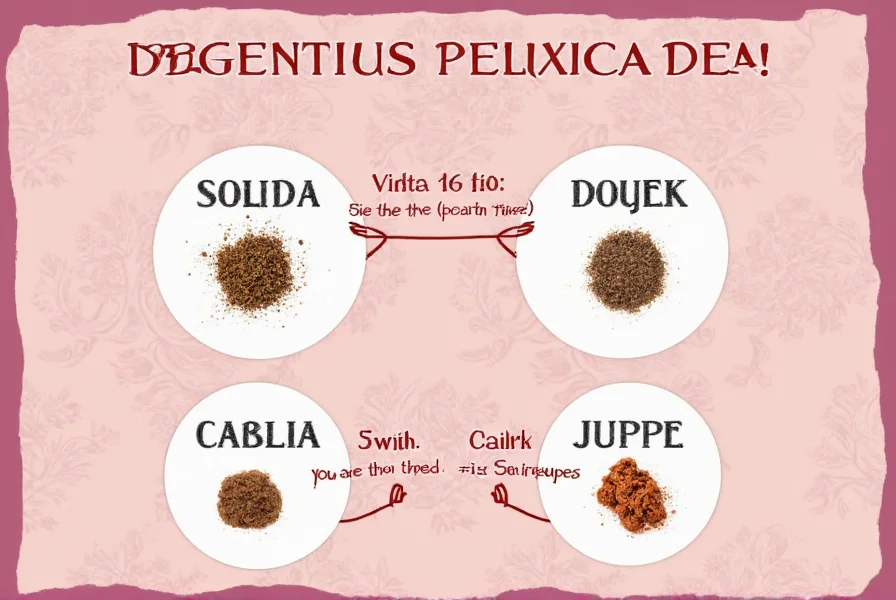
According to EFSA guidelines, Cassia cinnamon can contain high coumarin levels that may cause liver damage with excessive consumption. Ceylon cinnamon is recommended for daily use due to its negligible coumarin content.
Practical Tips for Using Both Cinnamon Types
- For Baking: Use Ceylon cinnamon in cookies, cakes, and pies for a soft, sweet flavor. It blends well with vanilla, chocolate, and citrus.
- For Cooking: Try Cassia cinnamon in dishes like chili, curries, and meat rubs. Its stronger flavor pairs well with bold spices like cumin and coriander.
- Grinding Tips: Both types can be ground into powder, but Ceylon tends to have a finer texture when ground. Cassia is slightly coarser and more fibrous.
- Storage: Keep both types in airtight containers away from heat and moisture. Ceylon can last up to a year, while Cassia may lose potency faster.
- Substitution: If substituting Cassia for Ceylon, use half the amount to avoid overpowering your dish. For Ceylon in place of Cassia, increase slightly for intensity.
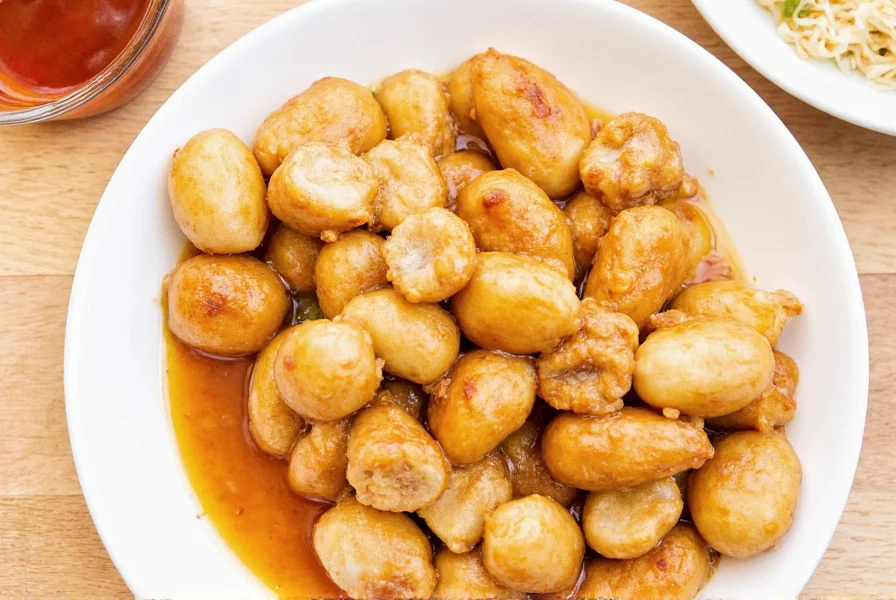
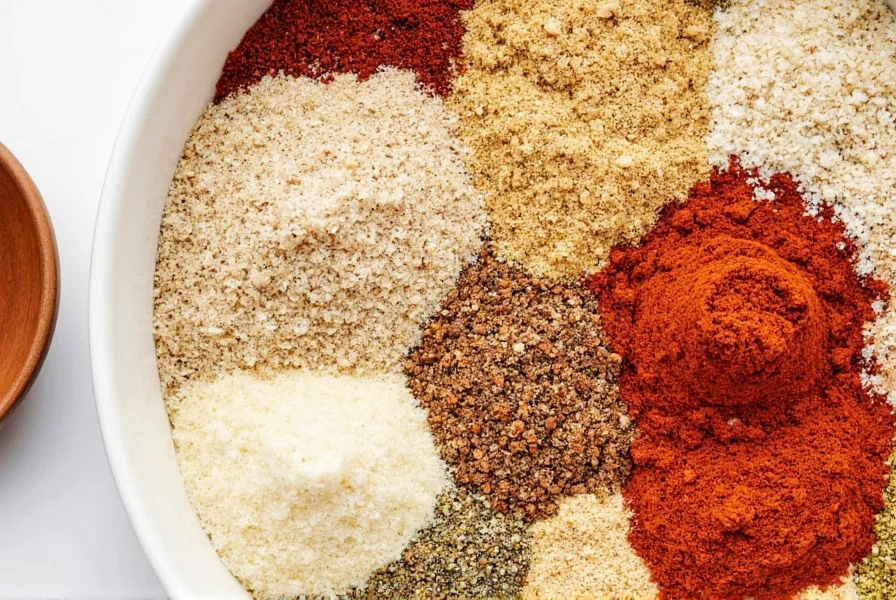
Always consider your dish's flavor profile and health needs. For regular consumption, Ceylon is the safer choice per FDA and EFSA standards.
Buying Guide: How to Choose the Right Cinnamon
Features to Look For
- Color and Texture: Ceylon is lighter, softer, and multi-layered like rolled paper. Cassia is darker, harder, and single-layered.
- Smell: Ceylon has a floral, delicate aroma. Cassia has a strong, pungent scent.
- Packaging: Check labels for "Ceylon" or "Cassia". Reputable brands like McCormick or Simply Organic specify the type clearly.
Advantages of Each Type
- Ceylon Cinnamon: Ideal for daily use due to low coumarin. Recommended by EFSA for long-term consumption. Best for desserts and delicate recipes.
- Cassia Cinnamon: Affordable and widely available. Perfect for bold, savory dishes in Asian and Middle Eastern cuisine.
Use Cases and Target Audience
- Health-Conscious Consumers: Choose Ceylon to avoid coumarin risks. FDA states safe daily coumarin intake is 0.1 mg per kg body weight.
- Professional Chefs: Use Cassia for robust flavors in restaurants, but limit quantity for health safety.
- Home Bakers: Ceylon enhances sweetness without overpowering. Ideal for cakes and pastries.
Suitable Occasions
- Everyday Meals: Ceylon in coffee, oatmeal, or yogurt for safe daily use.
- Festive Dishes: Cassia in mulled wine or gingerbread for intense spice (use sparingly).
- Specialty Recipes: Ceylon for refined desserts like crème br»leée where subtlety matters.


When purchasing, verify the type with trusted sources. For health safety, always choose Ceylon for regular consumption per FDA and EFSA guidelines.
Frequently Asked Questions
What is the main difference between Ceylon and Cassia cinnamon?
The main differences are in coumarin content, appearance, and flavor. Ceylon cinnamon has thin, delicate layers with a light tan color and less than 0.017% coumarin, making it safe for daily use. Cassia cinnamon has thicker, harder sticks with a dark reddish-brown hue and up to 6.97% coumarin, which may pose liver risks with excessive intake. This is confirmed by EFSA and FDA standards.
Which cinnamon is healthier for regular consumption?
Ceylon cinnamon is healthier for regular or long-term consumption. According to the European Food Safety Authority (EFSA), Cassia cinnamon can contain high coumarin levels that may cause liver damage. Ceylon typically has less than 0.017% coumarin, while Cassia ranges from 0.4% to 6.97%. The U.S. Food and Drug Administration (FDA) also advises limiting Cassia intake for health safety.
Can I substitute Ceylon cinnamon for Cassia in recipes (and vice versa)?
Yes, but with caution. For Cassia-to-Ceylon substitution, use about 1.5x more Ceylon to match intensity. For Ceylon-to-Cassia, use half the amount of Cassia to avoid overpowering. Always consider coumarin risks: Cassia should be limited to 1 teaspoon daily for a 150-pound person per EFSA guidelines.
How can I tell Ceylon and Cassia apart visually?
Ceylon cinnamon sticks are fragile, multi-layered like rolled newspaper, with a light tan color. Cassia sticks are thick, hard, single-layered, and dark reddish-brown. When crushed, Ceylon crumbles easily while Cassia resists breaking. This visual distinction is documented by the FDA in spice identification guides.
Why is Ceylon cinnamon more expensive than Cassia?
Ceylon cinnamon is more expensive due to labor-intensive harvesting in Sri Lanka and limited production. Cassia is cheaper as it's mass-produced in multiple countries. However, the price difference reflects health safety: Ceylon's low coumarin content makes it worth the cost for regular use per FDA recommendations.
Which type of cinnamon is better for managing blood sugar?
Both may help blood sugar, but Ceylon is preferred for regular use. EFSA and FDA guidelines confirm Ceylon's minimal coumarin allows safe, higher intake without liver risks. Cassia's high coumarin could counteract benefits with prolonged use. Always consult a healthcare provider for medical advice.
Is Mexican cinnamon actually Ceylon or Cassia?
Mexican cinnamon ("canela") is typically Cassia cinnamon from Indonesia or China, not Ceylon. It's often ground fine and may contain added sugar. The FDA and EFSA note Cassia's high coumarin levels, so verify labels carefully for health safety.
How much Cassia cinnamon is safe to consume daily?
According to the European Food Safety Authority (EFSA), the acceptable daily coumarin intake is 0.1 mg per kg of body weight. For a 150-pound person, this equals approximately 1 teaspoon of Cassia cinnamon per day. Ceylon cinnamon can be consumed freely due to negligible coumarin. The U.S. Food and Drug Administration (FDA) supports these guidelines for liver safety.
Conclusion: Which One Should You Pick?
Ceylon cinnamon is the safer, healthier choice for daily consumption due to its minimal coumarin levels, as confirmed by FDA and EFSA guidelines. Cassia cinnamon offers bold flavor for savory dishes but should be used sparingly to avoid health risks. Always prioritize verified sources when purchasing—look for "Ceylon" labels and trusted brands like McCormick or Simply Organic. This knowledge empowers you to make informed decisions that enhance both your cooking and well-being.
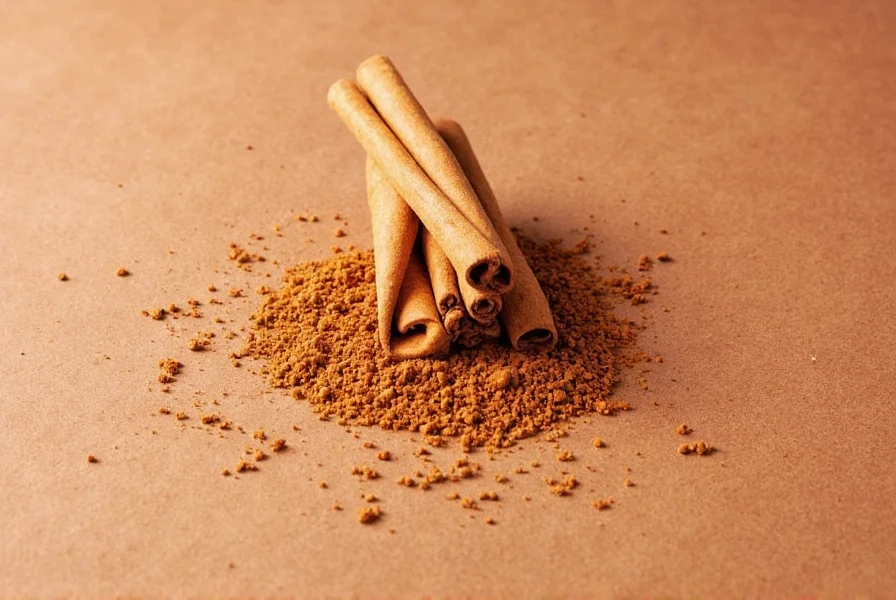










 浙公网安备
33010002000092号
浙公网安备
33010002000092号 浙B2-20120091-4
浙B2-20120091-4